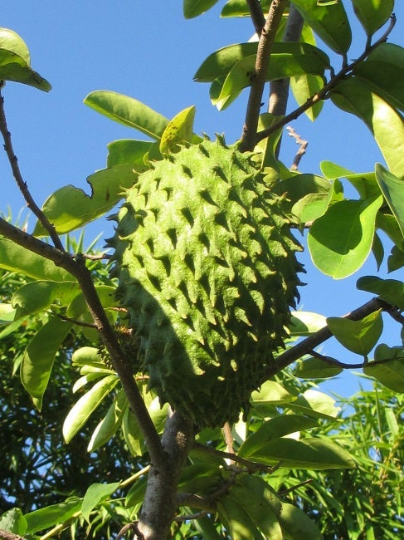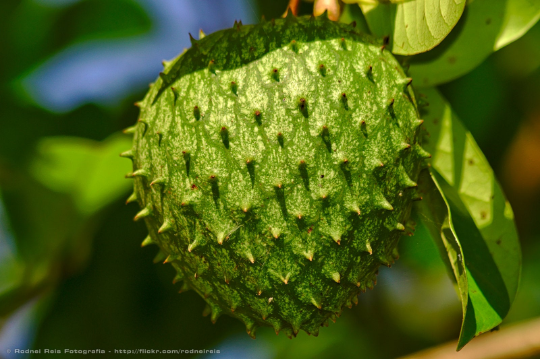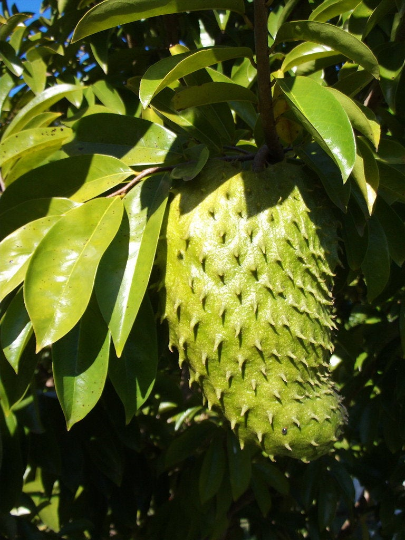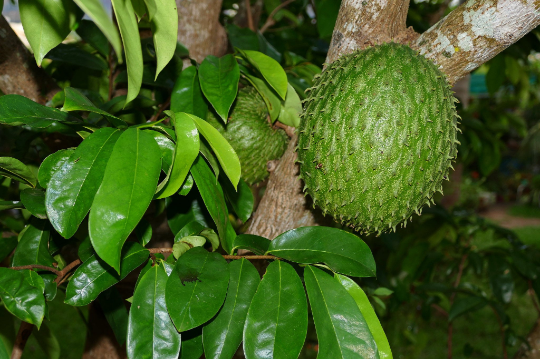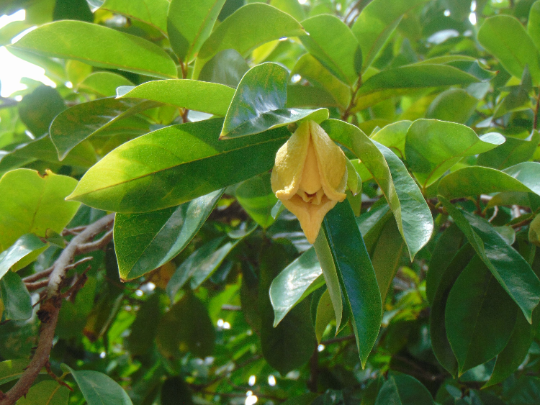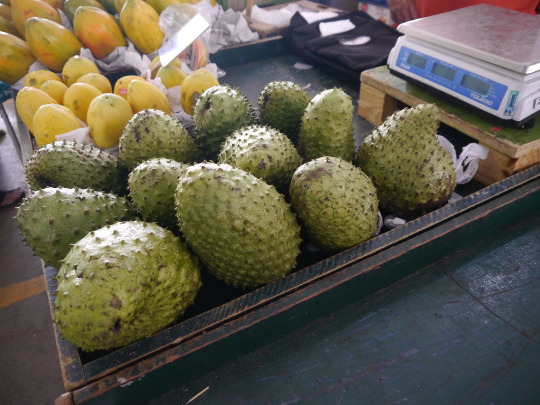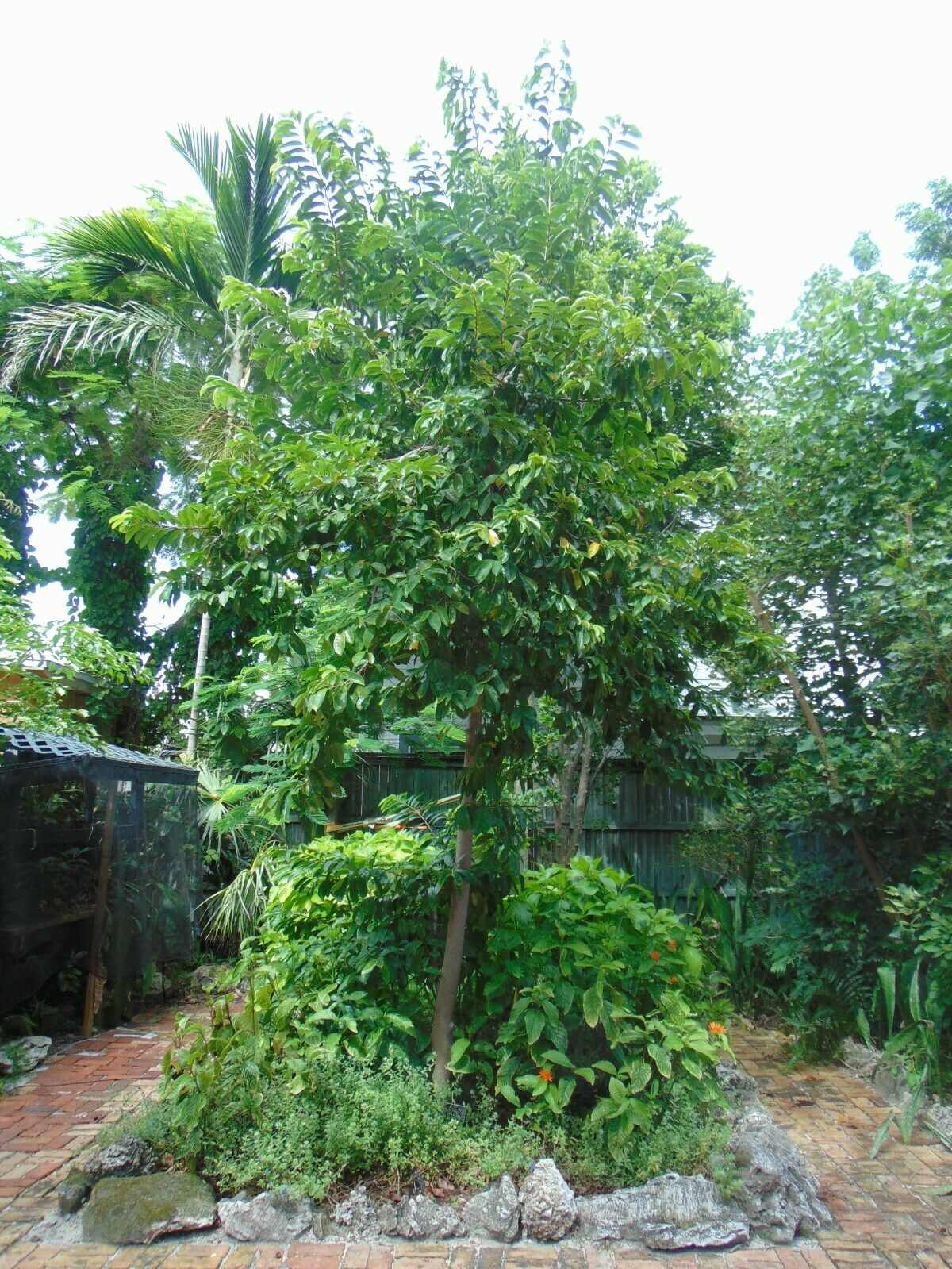Floridaseeds
Soursop Guanabana Annona muricata 5 Seeds USA Company
Soursop Guanabana Annona muricata 5 Seeds USA Company
Couldn't load pickup availability
A well-known tropical fruit throughout much of the world, the soursop's delicious white pulp, with tones of fruit candy and smooth cream is commonplace in tropical markets, but is rarely found fresh anywhere else. Inside its thin, leathery, green flesh is a large mass of creamy pulp, usually intermixed with 50-100 black seeds. The Soursop is usually processed into ice creams, sherbets and drinks, but fiber-free varieties are often eaten raw. The large, elongated, somewhat ovaloid fruit, can be up to 12" long and 6" wide and usually weighs several pounds.
The fruit is covered in small knobby spines that easily break off when the fruit is ripe. The thin, inedible, leathery green skin cuts easily to yield the large mass of cream colored, fragrant, juicy, and somewhat fibrous, edible flesh. Soursop's are processed into excellent ice creams, sherbets and beverages throughout much of Central and South America. Sweet varieties of the fruit can be eaten raw, and are often used for dessert. Today, Soursop ice cream, marketed under its Spanish name "Guanabana," can be found in some gourmet supermarkets. Preserved soursop in syrup can also be found in many ethnic markets. The canned pulp can be pureed or blended in the home, and easily transformed into a delicious desert, although fresh pulp is more desirable. Immature soursops are often cooked, and eaten as a vegetable. The leaves and roots of the tree have various medicinal properties. Soursops are high in vitamins B1, B2 and C.
Annona muricata is a small evergreen tropical tree that is native to Central and tropical South America. In the wild, it is a slender tree that will grow to 15-20' tall often with down-curved branching. It grows much smaller in containers. The name soursop is in reference to its large edible fruits which have a slightly acidic or sour taste. The flowers (to 2" long) appears singly on a woody stalk almost anywhere on the tree (twigs, branches or trunk). Each flower has three yellowish-green outer petals and three dull yellow inner petals. Flowers give way to rough-skinned, prickly-textured, oblong fruit (each fruit from 6-12" long to 4-6" wide with weight to 8-15 pounds). Fruit pulp is used in ice cream, sherbets or juices. Leathery, egg-shaped, oblong to oval leaves (to 6" long) are glossy green above.
Growing Instructions
- Scarify the seeds by nicking or sanding the seed coat.
- Soak the seed in water for several hours.
- Prepare a mixture of half potting soil and half sand, perlite or vermiculite.
- Put the mixture in a pot with drainage holes in the base.
- Water the mixture so that it is moist but not wet.
- Put the seeds on the soil.
- Cover the seeds with a thin layer of soil.
- Water the seeds and keep the soil moist but not wet.
- Place the pots in an area with warm temperatures in full sun or part shade.
- Water the seeds regularly so that the soil stays moist. The seeds sprout in 20 to 30 days.
- When the seedlings are a few inches tall, they can be transplanted.
Materials
Materials
Shipping & Returns
Shipping & Returns
Dimensions
Dimensions
Care Instructions
Care Instructions
Share
